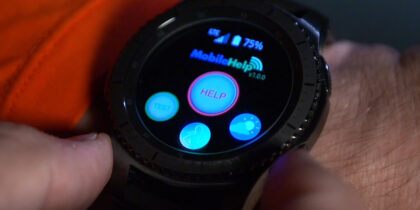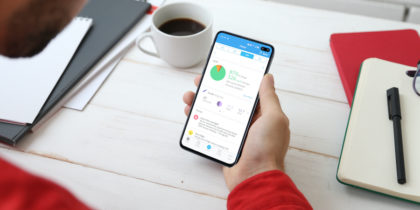Doctors aren’t the only ones who have a stake in keeping people healthy. Employers do as well. People are the core of any company, so when chronic sickness slows employees down, it also slows down business. Fortunately, most companies already sponsor corporate wellness programs designed to reduce the cost of illness, from both health expenses and productivity losses. But traditional wellness programs are narrow in focus, offering discounted gym memberships, smoking cessation aids and other benefits that only appeal to certain individuals.
One-size-fits-all wellness programs don’t work when employees come in all shapes and sizes and live very different lifestyles. A gym membership, for example, might not mean much to a mother of three who doesn’t have time to drive across town for a workout. Nor would it benefit an older employee with chronic pain that makes traditional exercise impossible. And while a smoking cessation program might help some employees reduce their risk of developing heart disease and lung cancer, it won’t help diabetic nonsmokers manage their blood sugar levels and reduce the risk of blindness or stroke. That’s why forward-thinking business leaders are migrating away from the mindset that a singular application, device or wellness program could create a healthier workforce. Instead, they’re investing in robust corporate wellness programs that take a holistic and personalized approach to keeping individuals healthy, using the mobile technology employees already know and love.
Why Employee Wellness Is a Business Priority
No one is immune to the occasional cold, flu or stomach virus. However, according to the Centers for Disease Control, the most common and costly health problems, such as heart disease, stroke, cancer, diabetes, obesity, and arthritis, are also the most preventable. Yet, half of all adults have one or more of these chronic conditions. This isn’t just a problem for workers; it’s also a wake-up call for their employers. In a 2014 report, The Milken Institute estimates that if current trends continue, the cost of chronic disease will reach just shy of 20 percent of GDP by 2022. The good news is that this figure could be reduced by making reasonable improvements to prevent and manage chronic disease.
Business leaders understand the simple math behind employee wellness: sick workers cost more and accomplish less than their healthier counterparts. But how can employers make wellness programs relevant and useful to their diverse workforce? Just as importantly, how can they measure the effectiveness of these programs, not just in employee participation, but in lasting behavioral changes across the organization? By investing in mobile health solutions that fit seamlessly into employees’ devices, employers can track useful health data, notify their employees about preventative measures and inform medical professionals in the event of illness.
Mobile Technology is Redefining Wellness Programs from Samsung Business USA
Mobility in Corporate Wellness Programs
Wellness programs have a difficult goal: to change participants’ behavior. Helping people make sustainable lifestyle changes requires more than one program, app or device. It’s a complex and ongoing process that includes personalized education and awareness, goal setting, data collection, meaningful incentives and regular feedback. To achieve better outcomes and lower system costs, employers need to collect accurate and consistent biometric data. This information helps individuals with goal setting and helps healthcare providers easily identify risk factors for chronic disease.
Mobile health solutions (mHealth) enable organizations to build best-in-class wellness programs that collect and deliver information directly to workers’ own devices. This means that programs can be customized based on each person’s needs, preferences, health conditions or demographics. Individuals can utilize the programs when and where it’s convenient for them, and they can utilize wearable sensors to view their progress on mobile apps. Additionally, each person or group can set goals and track progress, and individuals can receive feedback via their chosen platform. The only downside to many existing mHealth apps and wearables is that interconnectivity can be difficult. All the data from different units must come together into a holistic record of each individual’s health. mHealth platforms solve this problem by supporting and integrating data from a wide variety of devices. A unified platform approach also allows for variations over time. A company can add apps and solutions onto the existing platform without having to purchase a new solution suite.
Mobile device manufacturers have been on the forefront of this platform approach and are building new sensor capabilities into their smartphones and wearables. For example, Samsung Galaxy smartphones pair with wearable devices such as smart watches that monitor your heart rate, steps and sleep quality. Samsung also offers S Health, a platform that enables users to collect and share fitness and biometric data.
Want to learn more about building a robust corporate wellness program with mobile devices? Read the white paper.







